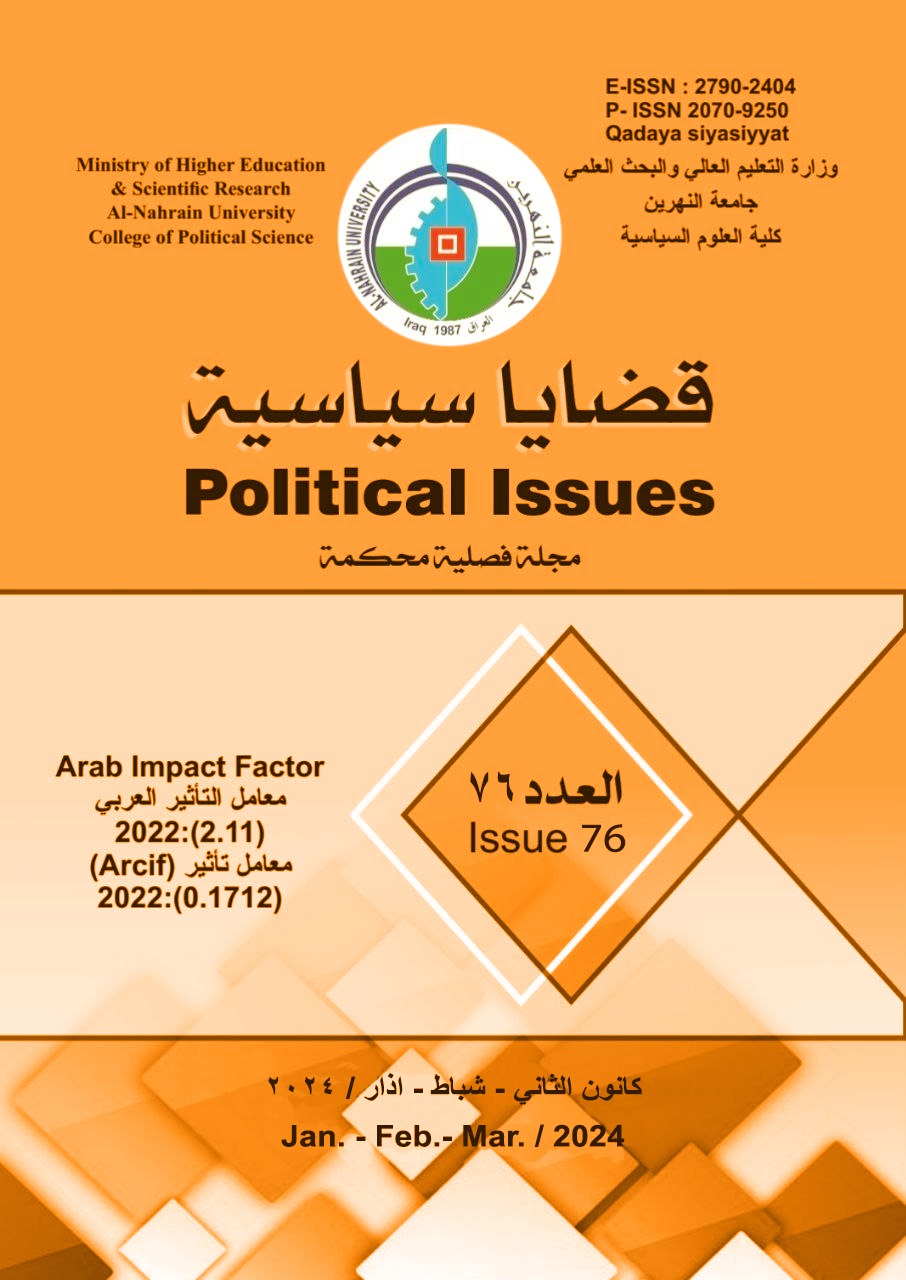Turkish Defense Strategy: An Analytical Study of Intelligence Roles
DOI:
https://doi.org/10.58298/762024573Keywords:
Turkey, arms policy, intelligence roles, military basesAbstract
The direction of the Turkish strategy at the beginning of the twenty-first century witnessed a different and important path, with its approach towards carrying out military operations outside Turkey and establishing external military bases for it, in several countries, such as Libya, Qatar, Syria and Iraq, in a way that restores the regional balance and places Turkey on the map of influential players according to its natural position - geographically and historically.
This Turkish military presence in international arenas is based on qualitative leaps in its military industries during the last five years, especially in drone technology, which has proven its superiority in a number of military operations outside Turkey.
In addition to the strategic development of defensive military manufacturing, such as tanks, armored vehicles, and ground defense systems, the Turkish government, led by the Justice and Development Party, adopted a “zero problems” strategy in its foreign policy with its regional neighborhood over the past years. Turkey remained internally isolated until 2014, and then foreign policy changed. After that, Turkey entered into a new framework that formed the basis for Turkey's recent foreign movements, both diplomatically and militarily.
The topic gains its importance based on research into the intelligence roles of the Turkish defense strategy and its characteristics that have the potential to influence regionally (and internationally if the variables and components for that are available), and what it revealed about a turning point in how to adapt to the variables and employ them to its advantage and try to prove their existence. Therefore, the problem comes in the form of a question about the possibility of Turkey assuming immersive intelligence roles that are compatible with and directing the defense strategy in light of the context of various regional and international events and trends.
Additional Files
Published
Issue
Section
License
Copyright (c) 2024 زيد محمد علي اسماعيل

This work is licensed under a Creative Commons Attribution 4.0 International License.
This is an Open Access article distributed under the terms of the creative commons attribution (CC BY) 4.0 international license which permits unrestricted use, distribution, and reproduction in any medium or format, and to alter, transform, or build upon the material, including for commercial use, providing the original author is credited.






